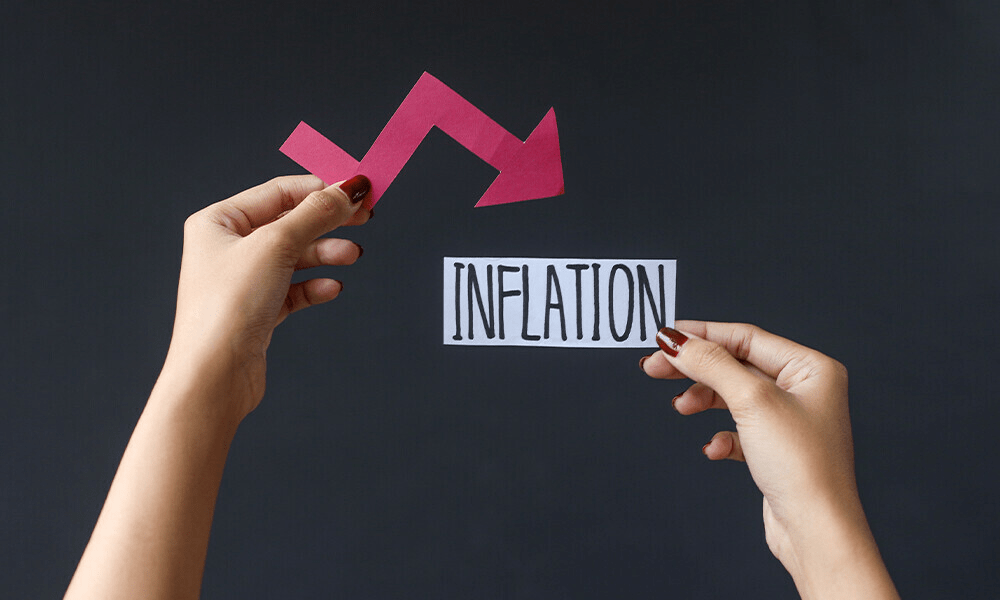The downward trend of Consumer Price Index based inflation in Pakistan has been a significant development in the country’s economic landscape.
According to expert projections, inflation is expected to drop below 3% in January 2025, marking a sharp contrast to previous years and signaling a notable phase of economic stabilization.
Market analysts have forecasted inflation to decline to 2.8% in January 2025, a level not seen since November 2015.
The consistent disinflation trend is attributed to the high base effect from the previous year and subdued price pressures across various sectors.
According to JS Global, this decline represents a pivotal moment for Pakistan’s economy, with 7MFY25 average inflation dropping to 6.7%, significantly lower than the 28.7% average inflation recorded during 7MFY24.
January 2025 Projections
Similarly, Ismail Iqbal Securities Limited projected inflation for January 2025 at 2.9%, further emphasizing the steep decline compared to 28.3% in January 2024.
These figures illustrate a dramatic easing of inflationary pressures and highlight the effectiveness of recent policy interventions.
The deceleration of inflation was evident in December 2024, where headline inflation clocked in at 4.1% year-on-year (YoY).
This was a marked improvement compared to November 2024, when inflation stood at 4.9% YoY, as per data from the Pakistan Bureau of Statistics (PBS).
The steady decline in monthly inflation readings has instilled optimism among policymakers and market participants alike.
Declining Inflation in December 2024
- Food Prices Stabilization: A significant reduction in food inflation, driven by improved agricultural output and stable supply chains.
- Energy Costs: Moderation in global oil prices coupled with domestic adjustments in fuel tariffs has alleviated inflationary pressures.
- Tight Monetary Policies: Previous monetary tightening by the State Bank of Pakistan (SBP) has played a crucial role in anchoring inflation expectations.
The Case for Further Rate Cuts
The persistent decline in inflation has strengthened the case for additional monetary easing by the Monetary Policy Committee (MPC) of the SBP. In December 2024, the MPC reduced the policy rate by 200 basis points (bps) to 13%, bringing the cumulative rate cuts since June 2024 to 900 bps.
Analysts anticipate another 100 bps cut in the upcoming policy meeting, signaling the central bank’s commitment to supporting economic recovery.
- JS Global: The brokerage firm expects the MPC to continue its easing cycle with a 100 bps reduction in January 2025. It also highlights the potential for higher single-digit inflation from May 2025 onwards as the base effect diminishes.
- Ismail Iqbal Securities: While forecasting a similar rate cut, the firm advises caution, noting the importance of monitoring inflation trends before further adjustments.
What Does This Mean for Pakistan’s Economy?
The steep decline in inflation has far-reaching implications for the economy. Here are some key outcomes:
1. Improved Purchasing Power
Lower inflation translates to greater purchasing power for households, particularly in the context of essential goods and services. This is likely to spur consumer confidence and support domestic demand.
2. Boost to Investment Climate
With monetary easing and reduced borrowing costs, businesses are better positioned to invest in growth initiatives. This could lead to increased private sector activity and job creation.
3. Fiscal Space for Development Spending
The decline in inflation provides fiscal policymakers with room to allocate resources toward development projects without the pressure of runaway price increases.
Could Inflation Rebound?
Despite the favorable inflation outlook, analysts caution against complacency. Several factors could lead to a rebound in price pressures:
- Rising Global Commodity Prices: Any unexpected surge in global oil or food prices could reverse the disinflation trend.
- Exchange Rate Volatility: A weakening rupee against major currencies may lead to imported inflation.
- Base Effect Dissipation: As the high base effect wears off from May 2025 onwards, inflation readings are likely to edge upward.


